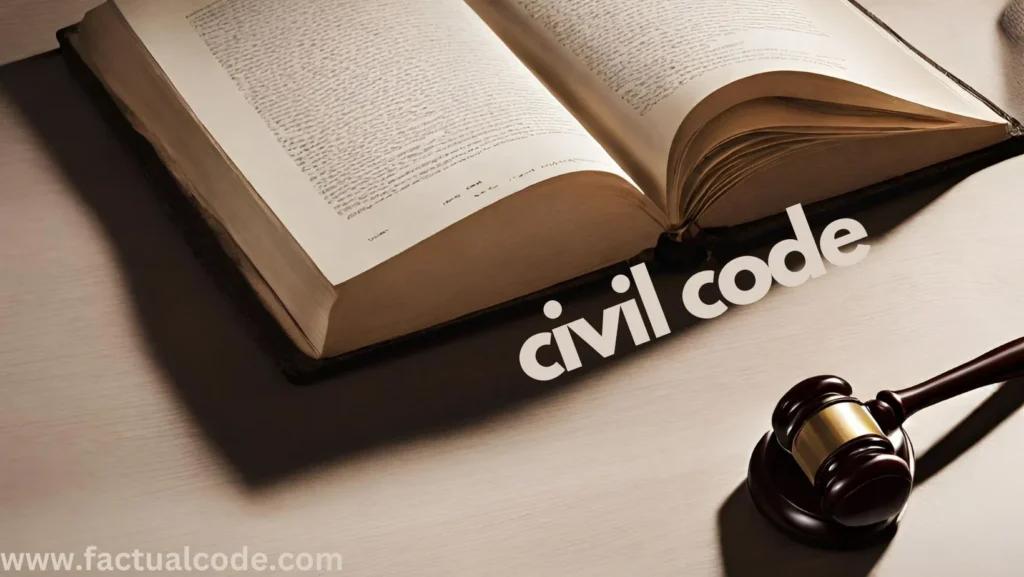🧩 Introduction
Order XII Rule 6 of the Civil Procedure Code (CPC), 1908 allows a court to make a decision based on facts that both parties agree on. If one party clearly admits to certain facts, and there’s no need to argue or prove them further, the judge can give a decision without conducting a full trial.
This rule facilitates a swift Judgment on Admission by allowing courts to pronounce judgment where there is no real dispute between the parties. After the 1976 amendment, the rule was expanded to include oral admissions along with written ones, making it more effective and inclusive.
⚖️ What the Law Says
Order XII Rule 6 CPC:
If any party admits a fact—whether in legal documents or elsewhere, and whether in writing or spoken—the court may, at any point in the case, give a judgment without waiting for the rest of the case to finish.
After the judgment is pronounced, a final order (called a decree) is issued on the same day.
🧠 How the Rule Works
The judge has the choice to pass judgment if there’s a clear admission.
The court can issue a judgment at any stage of the case.
The admission doesn’t need to appear only in court documents—it can also come from letters, emails, oral statements, or other forms of communication.
✅ What Counts as a Valid Admission
To use this rule, the admission must:
Be about an important fact in the case.
Be clear and definite, not vague or confusing.
Be unconditional—no “maybes” or terms attached.
Be made knowingly and voluntarily.
Be complete enough that no additional evidence is needed.
⚙️ Types of Admissions
Express Admission: Clearly stated in writing or speech.
Implied Admission: When someone does not properly deny an accusation.
Constructive Admission: Inferred from someone’s actions or conduct.
Oral Admission: Verbal statements made by a party.
🏛️ Important Court Decisions
🔹 Uttam Singh Duggal v. United Bank of India (2000)
The borrower admitted owing money through official documents like balance sheets. The court held that this was enough to pass judgment without a full trial.
🔹 Karam Kapahi v. Lal Chand Public Charitable Trust (2010)
Documents filed under other laws, like the Transfer of Property Act, can count as admissions. A party cannot accept parts of a document and reject the rest.
🔹 Rajiv Ghosh v. Satya Narayan Jaiswal (2025)
In this rent dispute, the tenant admitted living on the property and not paying rent. The court passed judgment based on these clear admissions.
🔹 Charanjit Lal Mehra v. Kamal Saroj Mahajan (2005)
Some of the defendants admitted they were tenants. The court passed a decision for those who made the admission.
🔹 Delhi Jal Board v. Surendra Malik (2003)
The court laid out a checklist for using this rule:
Is there an admission?
Is it clear and specific?
Does the opposing side need to present evidence?
Does the objection go to the core issue of the case?
🗒️Related Rules in the Bharatiya Sakshya Adhiniyam, 2023 (BSA)
Sections 15–21: Explain what admissions are, including the definition, scope, and evidentiary value of admissions made by parties.
Section 53: States that facts which the parties have admitted do not require proof unless the court specifically directs otherwise.
Together, Order XII Rule 6 CPC and Section 53 of the Bharatiya Sakshya Adhiniyam, 2023 help courts avoid unnecessary trials when material facts are already admitted.
🚫 When This Rule Can’t Be Used
If the admission is unclear, conditional, or confusing.
In declaratory suits where third-party rights are involved.
If the person who made the admission also disputes or explains it away later.
If the facts are disputed and need evidence.
If the defense raises a serious issue that affects the case.
🎯 Why This Rule Matters
Helps courts save time and effort.
Speeds up legal proceedings.
Skips unnecessary trials when facts are agreed upon.
Allows parties to win full or partial relief quickly.
🧠 Conclusion
Order XII Rule 6 is a useful legal tool that helps courts make early decisions when the facts are not in dispute. It allows the judge to avoid unnecessary trials—but only if the admission is clear, complete, and unconditional.
Students should remember that this rule gives the judge an option, not an obligation. It is most effective when used fairly and carefully to ensure justice is served without delay.

